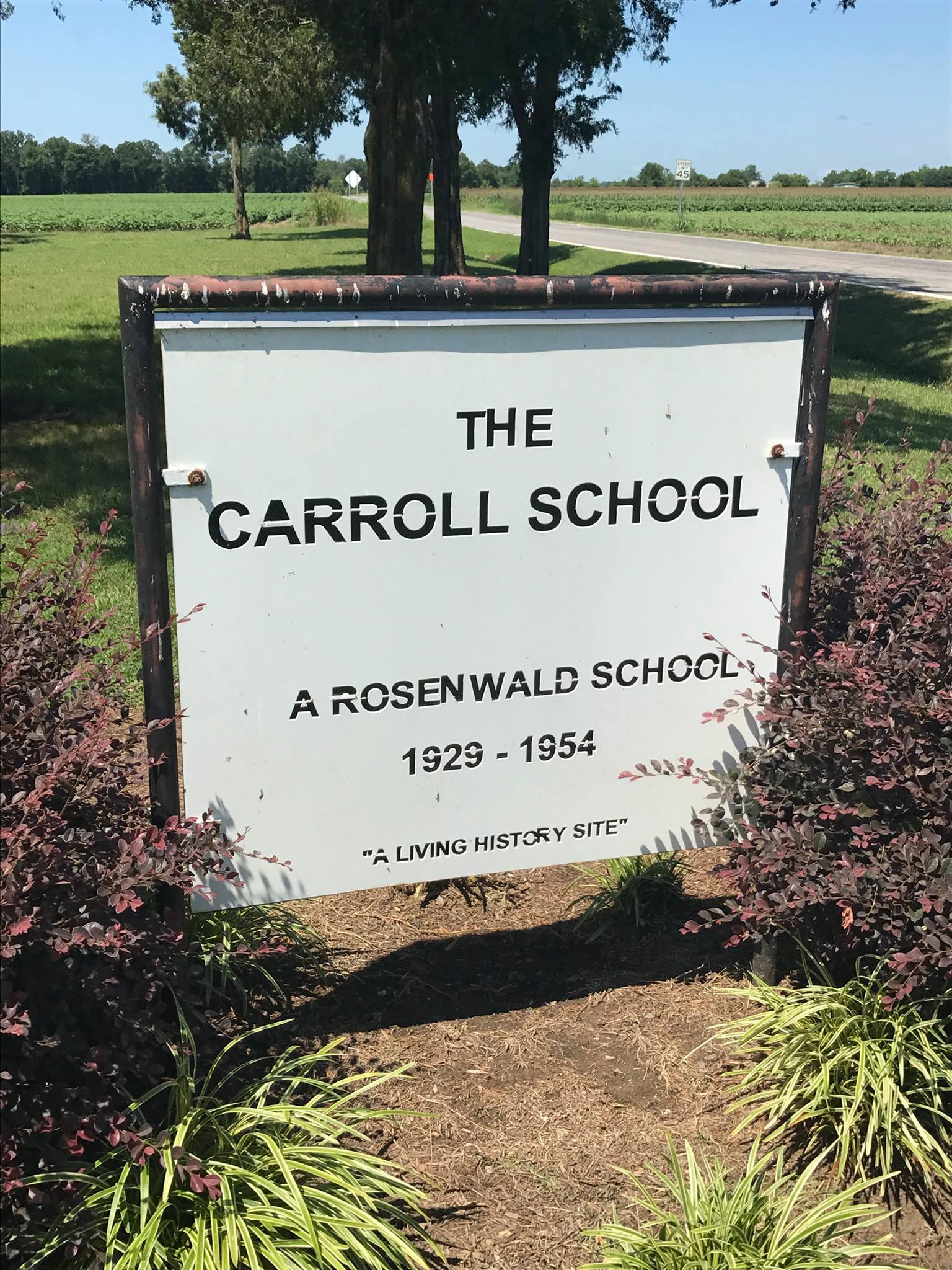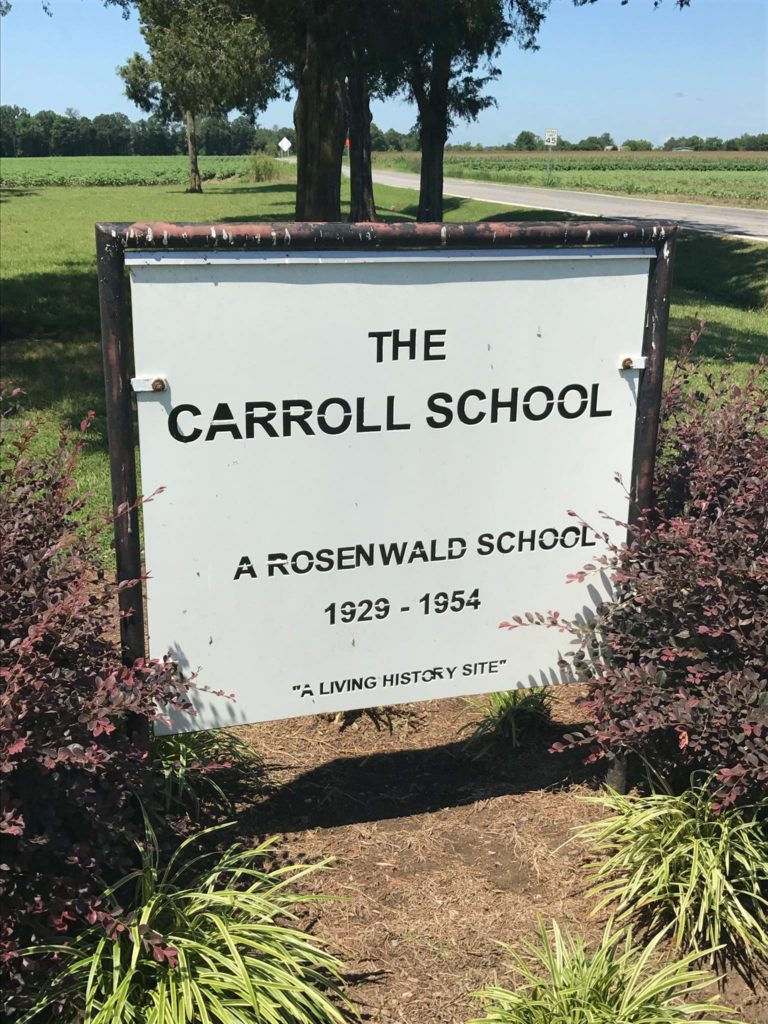
13 Mar The Influence of Rosenwald Schools on African American Achievement

Booker T. Washington (Tuskegee Institute, Author, Educator and Presidential Advisor) and Julius Rosenwald (Philanthropist and president of Sears Roebuck) were the muscle behind Rosenwald Schools in the American South. During the inception of Rosenwald Schools, the South was deeply segregated leaving a deficiency of quality schools for black children. The schools lacked necessary resources in comparison to their white counterparts; however, they created safe havens and a sense of pride in black communtities. The educators and attendees of these schools represented the epitome of making the best of utilizing what you have.
Even though it is hard to find one, specifically in the less ramshackle zones of the country, one might pinpoint a former Rosenwald School in the Southern parts of the United States. Most look like churches, with slanting roofs and a considerable bank designed to catch the rays of the sun. Between 1912-1932, there existed about 5,000 Rosenwald Schools in almost 15 Southern States. The Rosenwald Schools provided more than just school based education for African Americans in the South. These institutions also were learning epicenters on teaching black kids on how to survive the Jim Crow south.

(The Carroll School located in Rock Hill, SC)
Most white southerners supported the underfinancing of black schools because of the narration that they were troublesome, and educating them was unnecessary. The Rosenwald schools ended the notion by providing African Americans with education and producing great minds and activists hailing from the challenging Southern states. Rosenwald Schools helped promote the belief that Black self-help was vital and must not depend on monetary donation by outsiders.

( Liberia School located in Warren County, NC)
The beautiful thing about these schools is the fact that broader black communities also enjoyed the fruits of these pertinent learning centers. The sites often were the “command centers” in addition to churches, to discuss black community business and a wide range of events. The Rosenwald Fund was also instrumental in funding the National Urban League (NUL) and the National Association for the Advancement of Colored People (NAACP). These movements were vital for the push for African rights and more educational opportunities for the segregated African Americans. Rosenwald Schools also helped reduce the three-year educational gap that existed between white and black Americans to a year. The crime rates in areas occupied by the schools went down, making the communities in these areas be productive (Aaronson & Mazumder, 2011). Black school attendance increased, literacy and school attainment also increased, and a reduced South to North migration in search of education. These schools increased earnings as educated blacks had the opportunity to relocate to larger markets in search of employment. I have had the pleasure of visiting the site of at least five Rosenwald Schools and fortunate to speak with multiple Alumni. The pride of the students are unmatched, as they took full advantage of the inate resilient and forward thinking spirit by the previous generations of enslaved ancestors.
References
Aaronson, D., & Mazumder, B. (2011). The impact of Rosenwald schools on black achievement. Journal of Political Economy, 119(5), 821-888.
National Trust for Historic Preservation. (n.d.). Rosenwald Schools. Retrieved March 11, 2020, from https://savingplaces.org/places/rosenwald-schools#.Xmhzrqgzbcc



No Comments